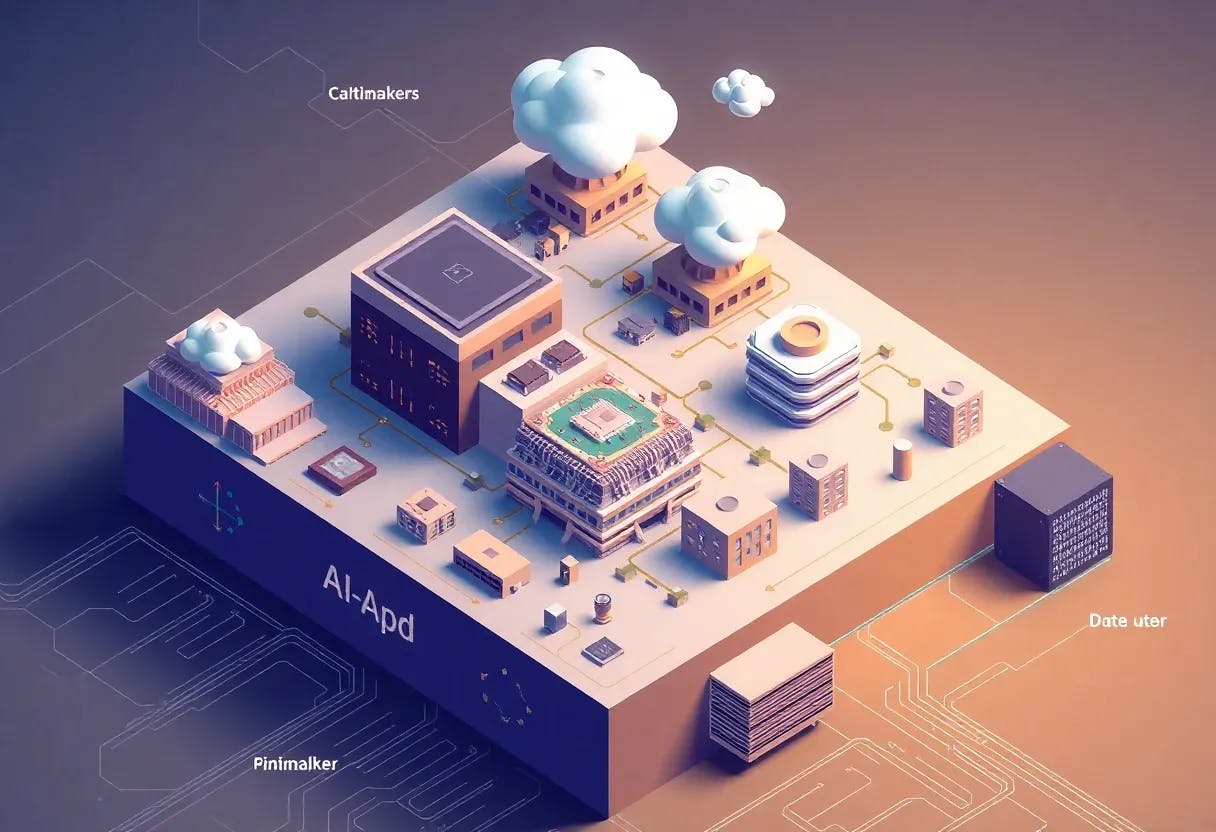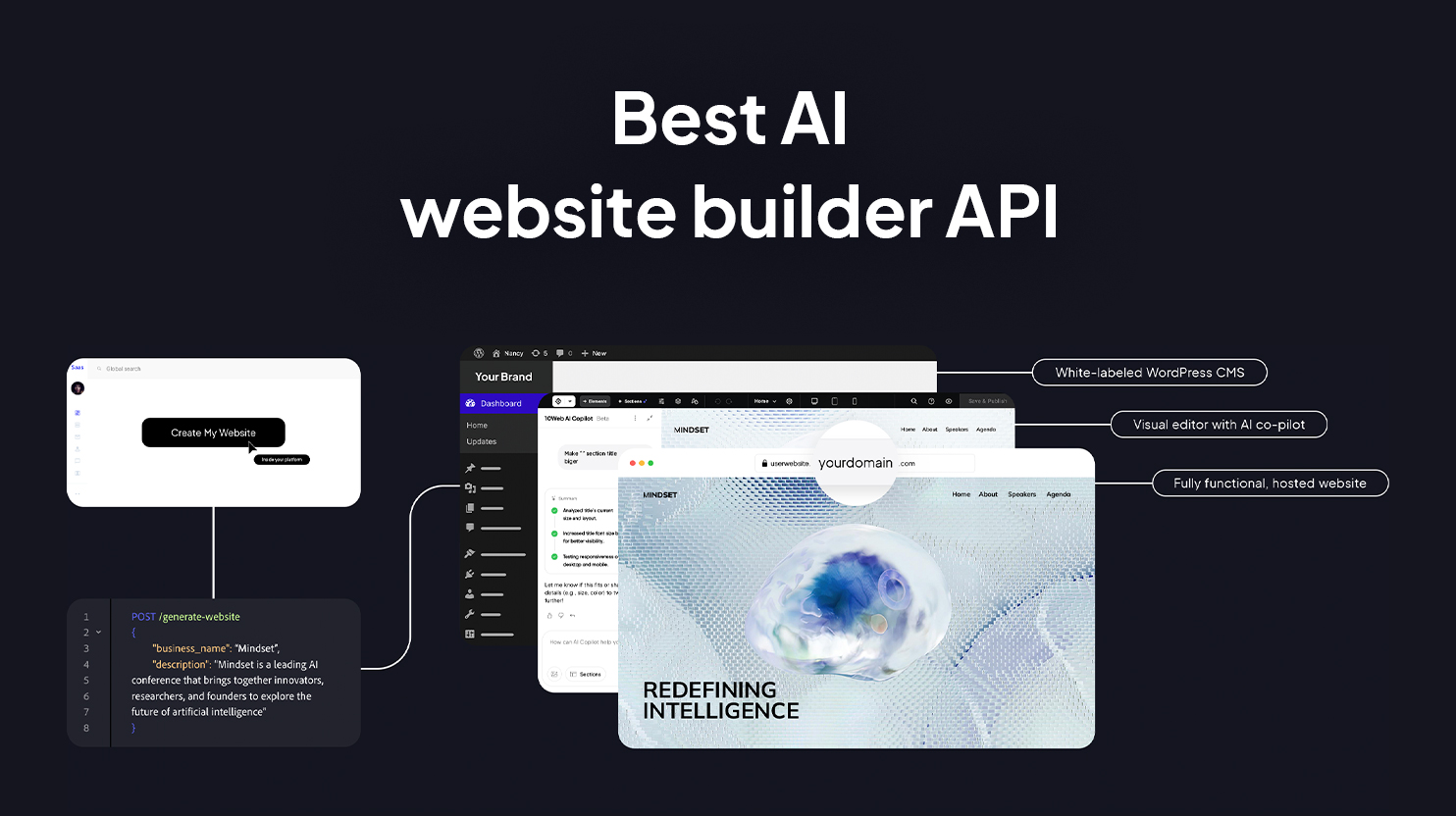:::info
Author:
Tomás Aguirre
:::
Table Of Links
Abstract
Executive summary
Acknowledgments
1. Introduction and Motivation
- Relevant literature
- Limitations
2. Understanding the AI Supply Chain
- Background history
- Inputs necessary for development of frontier AI models
- Steps of the supply chain
3. Overview of the integration landscape
- Working definitions
- Integration in the AI supply chain
4. Antitrust in the AI supply chain
- Lithography and semiconductors
- Cloud and AI
- Policy: sanctions, tensions, and subsidies
5. Potential drivers
- Synergies
- Strategically harden competition
- Governmental action or industry reaction
- Other reasons
6. Closing remarks and open questions
- Selected Research Questions
References
Abstract
As frontier AI models advance, policy proposals for safe AI development are gaining increasing attention from researchers and policymakers. This paper explores the current integration in the AI supply chain, focusing on vertical relationships and strategic partnerships among AI labs, cloud providers, chip manufacturers, and lithography companies. It aims to lay the groundwork for a deeper understanding of the implications of various governance interventions, including antitrust measures.
The study has two main contributions. First, it profiles 25 leading companies in the AI supply chain, analyzing 300 relationships and noting 80 significant mergers and acquisitions along with 40 antitrust cases. Second, we discuss potential market definitions and the integration drivers based on the observed trends. The analysis reveals predominant horizontal integration through natural growth rather than acquisitions and notable trends of backward vertical integration in the semiconductor supply chain.
Strategic partnerships are also significant downstream, especially between AI companies and cloud providers, with large tech companies often pursuing conglomerate integration by acquiring specialized AI startups or forming alliances with frontier AI labs. To further understand the strategic partnerships in the industry, we provide three brief case studies featuring companies like OpenAI and Nvidia. We conclude by posing open research questions on market dynamics and possible governance interventions, such as licensing and safety audits.
Executive summary Background, and Objective
The AI supply chain is complex and rapidly evolving, presenting challenges similar to those faced during the rise of the internet and the digital economy. Barriers to entry, such as low marginal costs and potential network effects, can grant companies significant market power. It remains unclear whether current economic theories can fully explain these dynamics or if new models are needed.
This paper examines the current state of integration within the leading AI supply chain, focusing on vertical integration and strategic partnerships. Our goal is to map the AI supply chain comprehensively and consider the implications for regulatory proposals and the impact of antitrust laws.
Methodology: Through a broad search, we investigated key companies in this supply chain, including AI labs and chip designers. Our analysis encompasses:
● Examining connections between 25 major companies and their pairwise relationships, observing a widespread presence of strategic partnerships.
● Investigating three specific cases to better understand these alliances.
● Listing about 80 major mergers and acquisitions over $100 million and pointing out 40 relevant antitrust court cases.
Key Findings:
● Horizontal integration throughout the AI supply chain is mainly driven by market consolidation through natural growth, not acquisitions
● There is a noticeable trend of backward vertical integration in both the lithography and the chip manufacturing industries.
● Downstream in the chain, we predominantly have a significant amount of strategic partnerships between AI labs and cloud companies.
● Big tech companies frequently make conglomerate integration by buying startups on narrow AI applications or setting up strategic partnerships with foundation AI labs.
● The three case studies that we conducted are illustrative of trends in the AI supply chain:
○ OpenAI and Microsoft: The partnership between Azure and OpenAI led to the development of a top 5 supercomputer in which GPT-3 was trained. This partnership is an illustration of how AI labs try to secure access to compute at scale by partnering with big cloud providers while big tech companies try to incorporate AI in their wide portfolio of
○ ASML, TSMC, Samsung, and Intel: the partnership was essential to the development of EUV technology, in which the development of frontier AI accelerators relies upon.
○ Nvidia and Arm: this was the first litigated major vertical integration attempt that was terminated in the AI supply chain. The main argument of the FTC was that Nvidia would be able to conduct anti-competitive behavior by foreclosing the access of ARM’s Core IP to its competitors. This may indicate a trend for antitrust authorities to pay increased attention to the semiconductor market.
● Governmental actions significantly shape the AI supply chain through subsidies, sanctions, and industrial policy. However, there has been limited antitrust action on the supply chain, with the most noteworthy cases being Applied Materials and Tokyo Electron, and ARM and Nvidia.
● Various drivers may be behind these integrations, ranging from economic synergies and strategic competition to governmental interventions. We tentatively conclude that what is leading to scenario with that much quasi-vertical integration is i) companies seeking to ensure compute access for doing large training runs, ii) big tech companies balancing specialization with broad capabilities: iii) high transaction costs in R&D, specially for companies upstream that develop or deeply engage with EUV technology for chip manufacturing, iv) a market in its initial stages of development and hence which has not developed which large markets for doing do major, impersonal transactions since there are no established ways of working. iv) desire for companies to be secretive.
Finally, we believe that these factors are boosted by an emergent “winner-takes-all” sentiment within the industry. We have seen indications of these hypotheses as we lay out in the report, but such hypotheses still need further analysis and empirical testing before we can assert with confidence.
Key open questions:
-
How does the prevailing market structure influence the trajectory of AI industry advancements? Regulatory effectiveness for AI is likely to be influenced by the AI industry’s structure, particularly in how it manages vertical relationships. Regulatory implications could involve trade-offs between competition and safety. For instance, slowing AI development to address risks might conflict with antitrust policies aimed at promoting competition. There may also be significant tension between enhancing short-term consumer welfare and mitigating long-term risks from advanced AI systems. National security concerns further complicate the picture, as exemplified by the Qualcomm-Broadcom merger block, where market power and security interests were at odds.
-
How does the current market structure within the AI supply chain affect the implementation and effectiveness of current regulatory proposals? Vertical integration’s impact on transparency and regulatory compliance seems to be two-fold: it could hinder the enforcement of rules requiring the reporting of key inputs such as compute usage due to a lack of public information, yet it might also better position companies to comply with strict privacy and cybersecurity standards. Moreover, a more concentrated AI supply chain could facilitate coordinated efforts for industry standard-setting, which could be beneficial for governance, although it could also raise antitrust concerns over potential collusion.
-
Will structural remedies be necessary to establish effective regulatory frameworks in the AI industry? The necessity for structural remedies in regulatory frameworks could arise from the varying consequences of different types of market integration and policy goals. For instance, to slow AI advancement, one might advocate for a more horizontally integrated market to reduce competitive race dynamics.
However, this approach also raises concerns about power concentration. Unbundling practices, similar to those in the electricity and railway sectors, may also be relevant, particularly for third-party reporting mechanisms in AI. All these questions would benefit from empirical groundwork that, for instance, estimates the production function of chip fabricators, assesses the market demand elasticity of AI accelerators, or tests which drivers for integration are most relevant.
Research on how vertical integration has impacted the effectiveness of regulations in other industries—especially dual-use or general-purpose technologies—would be highly valuable. This paper provides an initial exploration of how different kinds of integration might affect regulatory strategies like licensing and standard-setting, identifying areas where further research is needed.
Further Details: We provide a comprehensive mapping of the industry on the link. Additional information is available in the appendices, covering topics such as the mapping of the AI supply chain, and the brief case studies on strategic partnerships and alliances, featuring companies like OpenAI, Microsoft, ASML, Nvidia, and ARM.
Acknowledgments
I am grateful to Andrew J. Koh and Charlotte Siegmann for their invaluable mentorship. I acknowledge the Swiss Existential Risk Initiative and the Cambridge-Boston Alignment Initiative for funding and support. Special thanks to Michael Aird, Renan Araujo, Tobias Häberli, Andreas Haupt, Shin-Shin Hua, Leonie Koessler, Claudio Lucinda, Luís Mota Freitas, and Konstantin Pilz for their comments. I also appreciate contributions from anonymous experts. Any remaining errors are my own.
:::info
This paper is available on arxiv under CC by 4.0 Deed (Attribution 4.0 International) license.
:::











